The birth of Louis A. Southworth in 1830 is marked on this date. He was an Black blacksmith, fiddler, and farmer.
Born a slave, in Tennessee, his parents, Pauline and Louis Hunter, were slaves of James Southworth. At age two, Southworth moved with his parents and master to Missouri, where his father died of smallpox. In 1851, he journeyed to Corvallis with his mother and master. Though slavery was still practiced in Oregon, Southworth persuaded his master to let him go to the gold fields, and in eight months, he made $300 mining. He soon discovered he could earn as much with his fiddle as he could with a miner’s shovel, and performed in gold camps in Yreka and Eureka, California, and in Virginia City, Nevada. At age 28, Southworth bought his freedom for $1,000 and moved to Buena Vista where he worked as a blacksmith. He learned how to read and write, and eventually married.
His bride, Maria Cooper, had an adopted son, a West Indian child named Alvin McCleary. In 1879, Southworth homesteaded along the south bank of Alsea River, about five miles east of Waldport, and he and his family blended well in the community. Southworth ferried cargo and passengers and grew hay. His adopted son rowed two miles to school each day. Southworth donated land for a local schoolhouse, and served as chair of the school board. An ardent supporter of Abraham Lincoln (see image), Southworth was an attentive voter. During the presidential election of 1880, a fierce southwest storm raised whitecaps on Alsea Bay. He rigged two oil drums to his boat for buoyancy and rowed across the bay to the polling place.
As luck would have it, he was the only man in Waldport to vote that day! Southworth was barred from the Baptist church in Waldport after members criticized his fiddle playing. He told the story in a 1915 interview with the Daily Gazette Times: “But the brethren would not stand for my fiddle, which was about all the company I had much of the time. So, I told them to keep me in the church with my fiddle, if they could, but to turn me out if they must, for I could not think of parting with the fiddle. I reckon my name wasn’t written in their books here anymore, but I somehow hope it’s written in the big book up yonder where they aren’t so particular about fiddles.”
About a year after Maria died in 1901, Southworth moved to Corvallis. He bought a little house downtown at the corner of Southwest Fourth and Adams. He hung his fiddle and a portrait of Lincoln over the mantle. Southworth remarried by never had children of his own. The white frontier community accepted Southworth during a chaotic time. Oregon joined the Union in 1859 not long before the beginning of the Civil War in 1861. The state constitution excluded blacks, and in 1866, the Oregon legislature passed a law forbidding interracial marriage.
At the end of his life, his neighbors in Corvallis embraced Louis Southworth. Before he died in 1917 at the age of 86, his friends raised $300 to pay off his mortgage. He is buried in an unmarked grave in Corvallis’ Crystal Springs Cemetery next to his wife Maria.
Reference:
Sovereigns of Themselves:
A Liberating History of Oregon and Its Coast
Connie Guardino III, with Rev. Marilyn A. Riedel
2003, Maracon Productions
Found @aaregistry.org

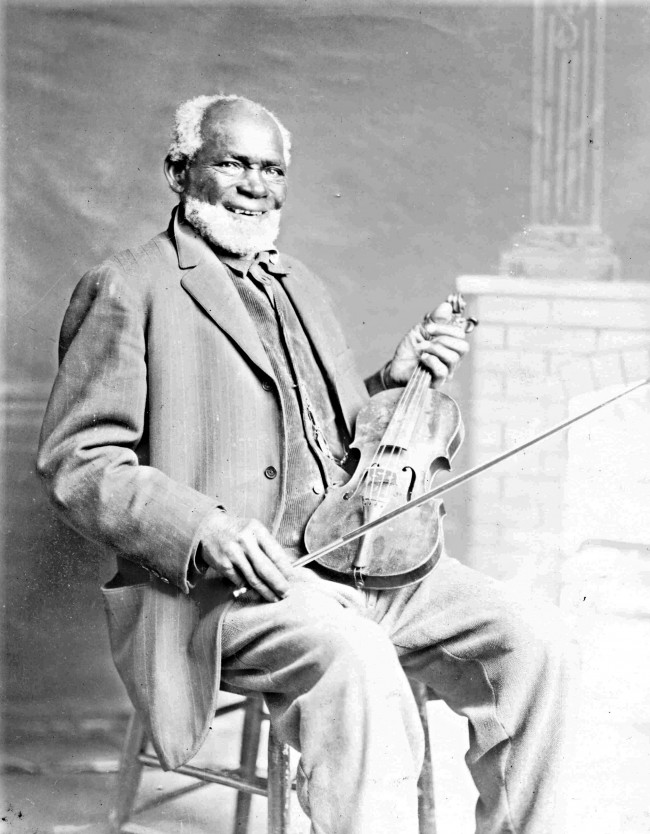




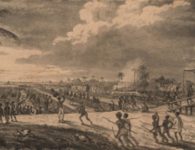
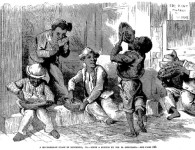

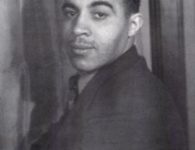
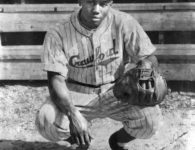
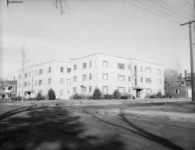
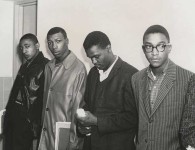
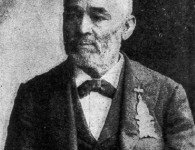
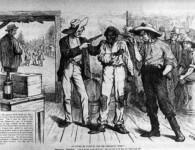


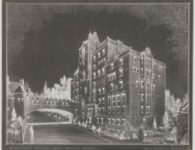




1 Comment
[…] post Louis Southworth : The Man Who Broke The Chains Of Slavery With His Fiddle appeared first on Black […]